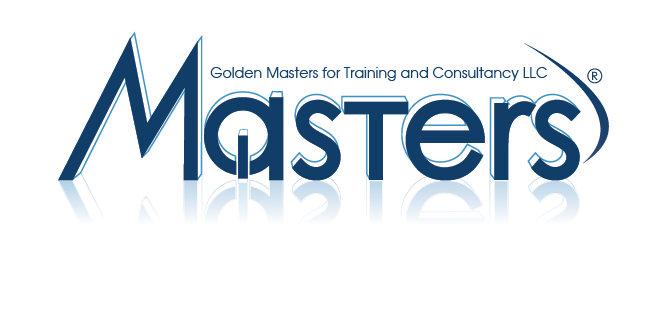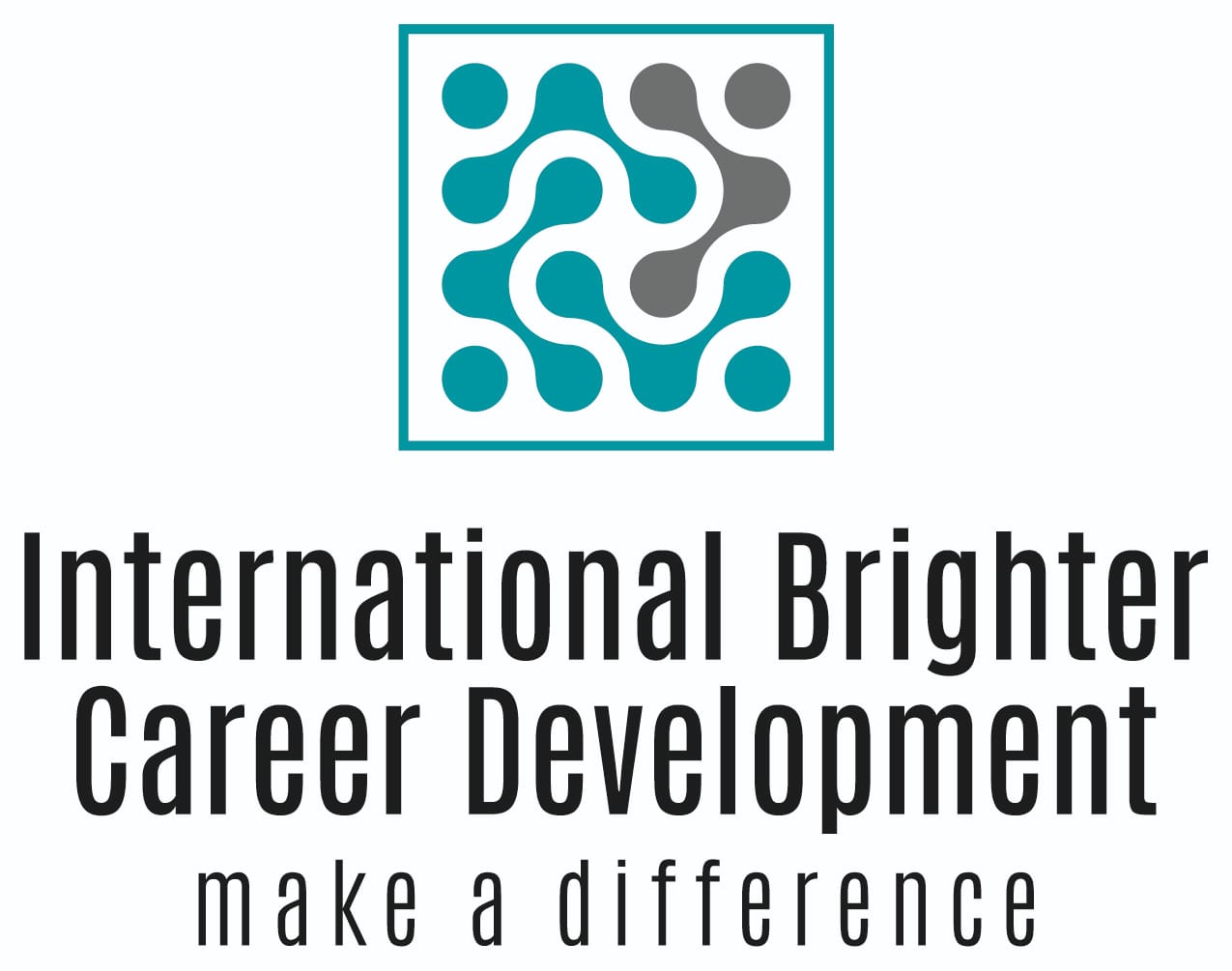Course Description:
Since the introduction of modern design-oriented computer software, the concrete industry has tended to concentrate on the structural design aspects of reinforced concrete and, as a result, the importance of durability has often been over-looked or neglected.
Over the last decade, concrete rehabilitation has become recognized to be a "stand alone" discipline requiring very specialist knowledge and expertise.
The latest advances in materials and techniques and the current state-of-the-art for concrete will be presented, together with concerns that require consideration when modern materials are used, particularly for the first time, or when they are used in combination.
In addition, the latest advances in materials and techniques and the current state-of-the-art will be presented for the rehabilitation of concrete structures. Case studies will be used to highlight failures, defects or deterioration that can often be caused by the selection of incorrect materials and rehabilitation techniques.
The many advances in rehabilitation technology that have occurred over recent years will be examined, together with how they can provide considerable benefit to the concrete rehabilitation industry - and ensure that we get it right the second time!
The major objective of the conference is to present a thorough review and a comprehensive update of the practical and technological state-of-the-art for concrete, including mix design, materials technology, specification, construction, testing and inspection
The conference has been developed to cover all aspects of designing, specifying and constructing concrete structures for improved durability, so that they can better survive the severe Gulf and Peninsula environment and provide long service life.
The conference will be of special interest to facility and asset owners and their representatives, together with every one who is involved in the design, specification, construction, rehabilitation and maintenance of concrete structures and buildings, including Government Agencies, Specifies, Architects, Engineers and Consultants, Inspectors and Technicians, as well as the Contracting, Engineering and Maintenance teams.
Course Objective:
This conference will provide the delegates with the latest information and knowledge of modern materials, techniques and practices for designing, constructing, investigating, rehabilitating, maintaining and monitoring concrete structures and buildings
Delegates will have the opportunity to learn proven methods for success in identifying and avoiding costly problems that could lead to failures.
Course Certificate:
Masters Consultant certificate will be issued to all attendees completing minimum of 75% of the total tuition hours of the course.
Who Should attend:
Any civil engineer with interest in learning about the modern methodology for control the construction quality and managing the construction execution on site with an advanced technique. It is foreseen that individuals from the following backgrounds may attend:
- Construction engineers
- Maintenance Engineers
- Design structural engineers
- Supervision engineer
- Planners
Each may make the best of the experience in his or her way.
Course Outline
Module 1:
Understanding Concrete & Why it is Vulnerable to Attack
What are the problems?
· Climate
· Quality of materials & workmanship
· Corrosion
· Chlorides & sulfates
What makes concrete durable?
· Influence of porosity
· Influence of cracks
Designing concrete for durability
· Key considerations
· Material proportions and their influence
Module 2:
Constructing, Inspecting & Testing Durable Concrete
- Dealing with temperature
- Handling & Placement
- Consolidation
- Finishing & Curing
- Quality Control
- Quality Assurance
- Inspection
- Sampling & Field Testing
- Tests on Hardened Concrete
Module 3:
The Investigation Process & Rehabilitation Strategy Development
- Preliminary Studies
- Condition Surveys
Non-Destructive Testing (NDT)
· Impact-Echo
· Ultrasonics
· Ground Penetrating Radar
· Impact-Echo
Cause Analysis
- Repair Failure Case Studies
Module 4:
Rehabilitation Strategy Option
Removal, replacement and reconstruction
- Reconstruction
- Chloride Removal
- Cathodic Protection (Impressed & Passive)
- Corrosion Inhibition
- Crack Repair Materials & Practices
- Joints, Joints and Jointing Systems
- Rehabilitation Strategy Options
Module 5:
Implementing a Rehabilitation Strategy
Concrete Repair Materials
· Material Types
· Desired Properties
· Chloride Removal
Spraying, Toweling and Forming Repairs
- Rehabilitation Case Studies
Module 6:
- Building Envelope Repair & Maintenance
- Defining the Building Envelope
- Mechanisms of Deterioration
- Building Envelope Inspection Procedures
- Building Investigation Case Studies
Module 7:
Building Envelope Repair & Maintenance
- Building Envelope Repair and Maintenance
- Building Envelope Repair Case Studies
- Preventative Maintenance Techniques
- Inspection & Testing
Module 8:
Building Envelope Construction Mistakes & Failures
- The Construction Process
- Causes of Failure
- Top 10 Construction Mistakes
- Forensic Investigations
- Construction Mistake Case Studies
- Building Failure Case Studies
Module 9:
Building Design Errors & Omissions
- The Design and Construction Issues
- Forensic Investigations
- Design Error Case Studies
- Current Trends
- North American Construction Claims
- The Real Cost of Poor Design
- Avoiding Common Design Errors
- 10 Essential Steps





